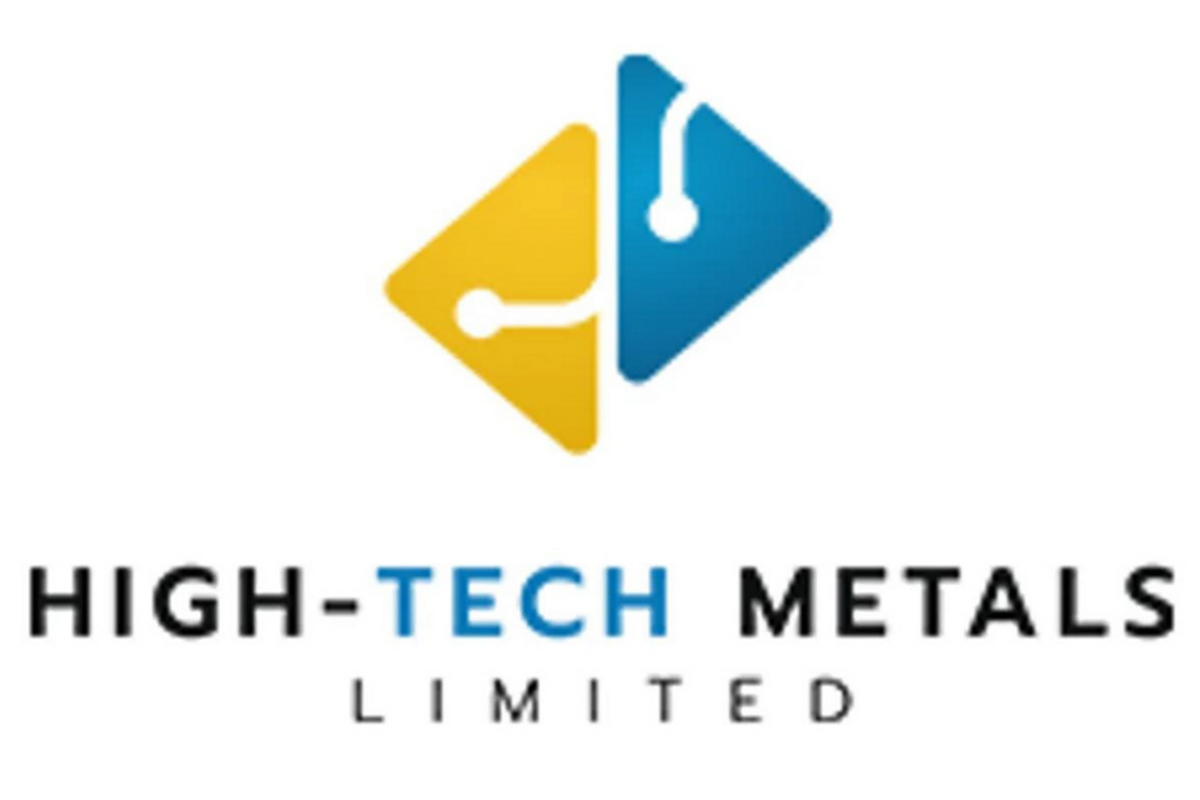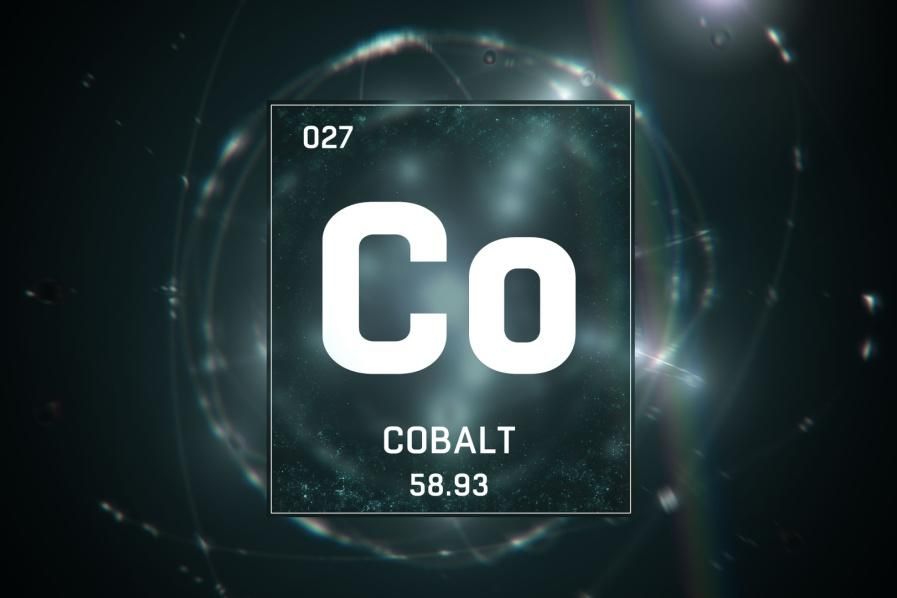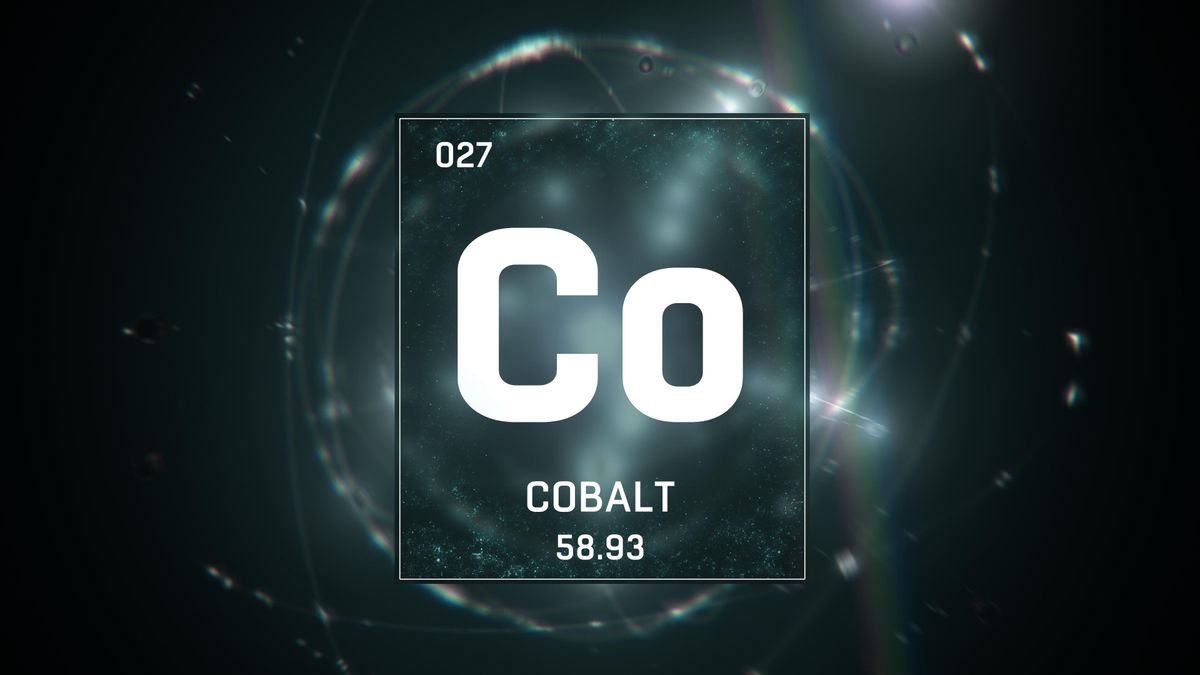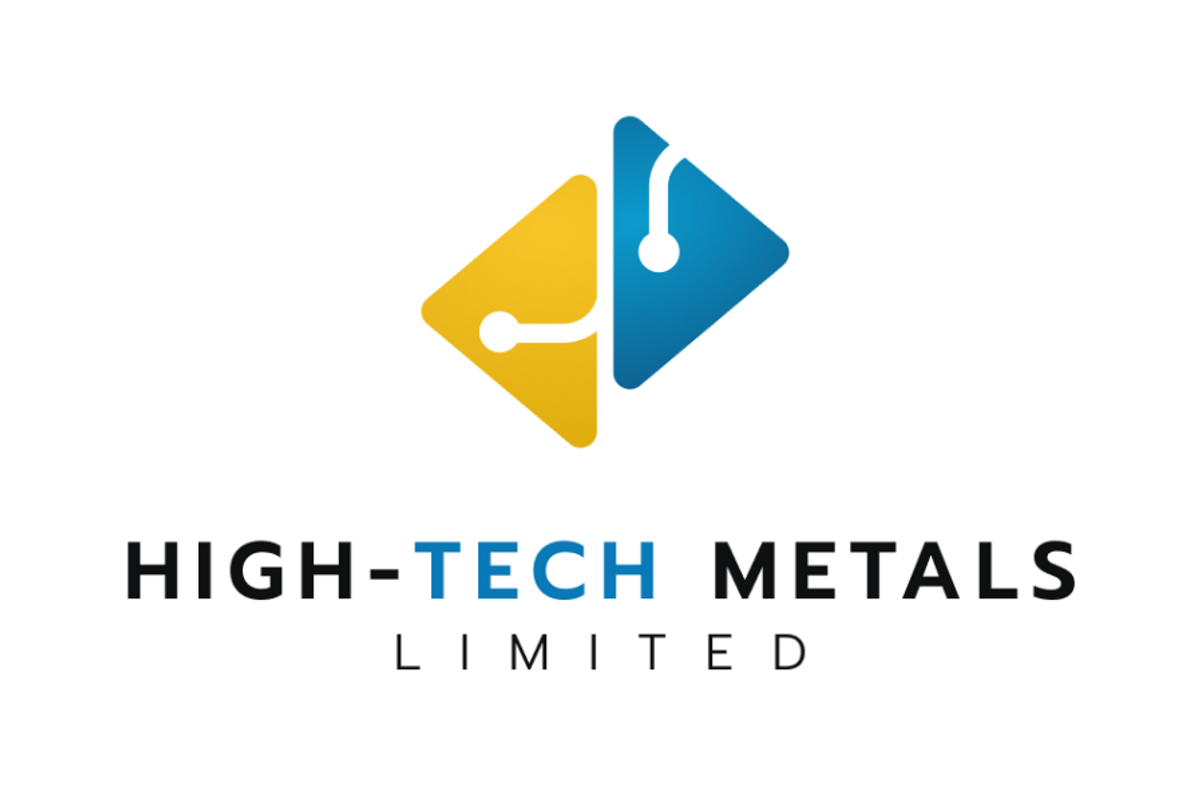
April 29, 2024
High-Tech Metals Limited (ASX: HTM) (High-Tech, HTM or the Company), a critical battery minerals exploration Company, is pleased to provide the following report on its activities for the quarter ending 31 March 2024. The Company’s primary activities during the quarter were the planning of exploration of the Ketele LCTG Project in Ethiopia.
HIGHLIGHTS
- HTM continues to progress its exploration work program planning at Ketele LCT Project.
- Strong focus on identifying complimentary opportunities in the critical minerals sector to build out the portfolio of assets.
Ketele LCT Project
During the quarter, HTM announced that the Company was planning its initial exploration program at the Company’s Ketele Exploration License (MOM-EL-05096-2023) (“License”) in Ethiopia (Refer ASX Announcement - HTM to Progress Exploration Sampling at Ketele LCT Project – dated 10 January 2024). The License will be the foundation of our exciting new Ketele LCT Project (“Ketele” or the “Project”).
This initial program will comprise sampling of prospective geological units (inc. granites, pegmatites, etc) and regional structures which have previously been identified and mapped in this underexplored area of Ethiopia (Figure 1). This sampling will include rock chip sampling and channel samples, the latter yielding continuous samples across an entire outcrop. The planning process with regard to certain Project area access and exploration program approvals is ongoing.
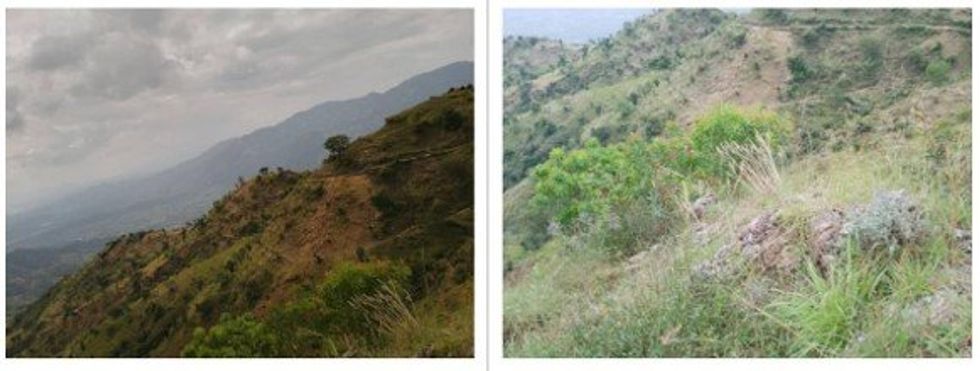
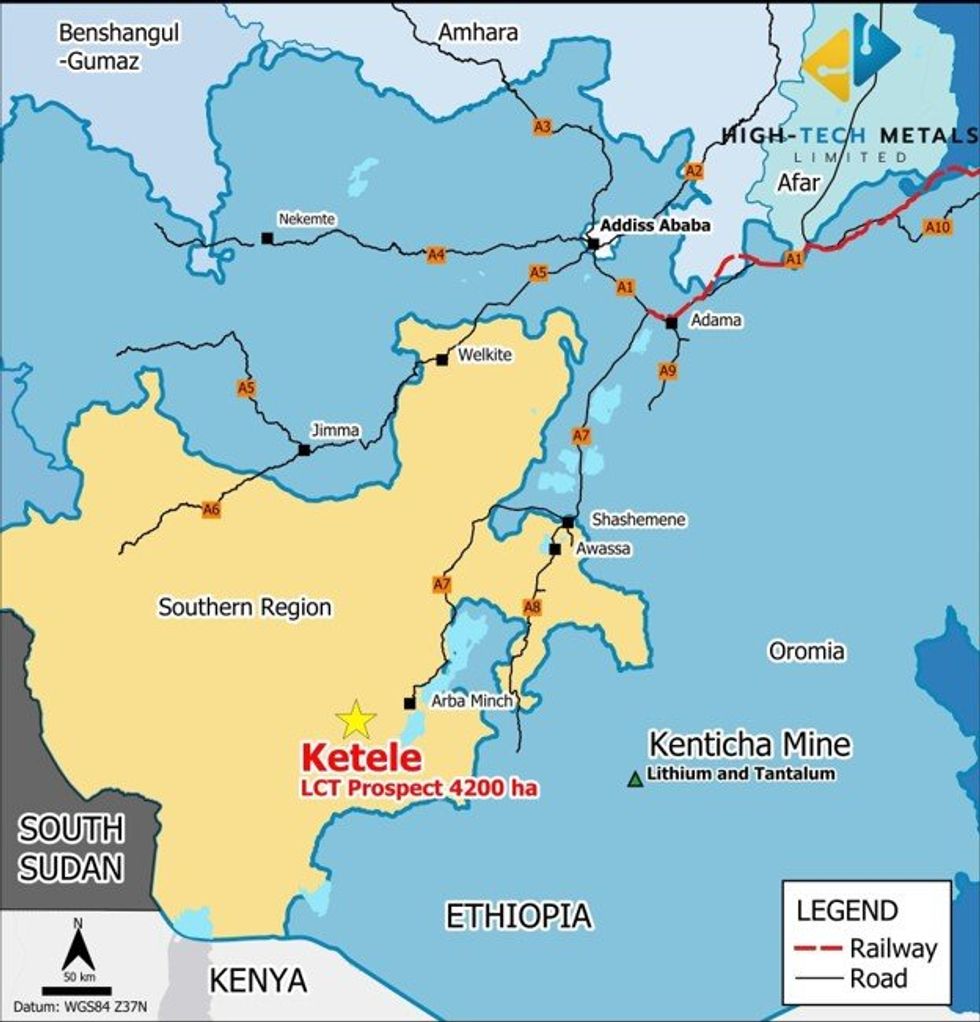
Werner Lake Project
Following on from HTM’s successful drill program at Werner Lake Project (“Werner Lake”) (Refer to ASX Announcement - Drilling Results at Werner Lake Project – 27 November 2023), the Company continues to evaluate the next steps to realise the value of the asset.
Business Development
During the quarter, HTM considered several project opportunities. HTM will continue to identify and review projects which complement the Company’s existing assets and support its strategy of building a portfolio of exploration, development, and operating mining assets.
Click here for the full ASX Release
This article includes content from High-Tech Metals, licensed for the purpose of publishing on Investing News Australia. This article does not constitute financial product advice. It is your responsibility to perform proper due diligence before acting upon any information provided here. Please refer to our full disclaimer here.
HTM:AU
The Conversation (0)
08 November 2023
High-Tech Metals
Capitalizing on Exploration Upside Potential of a Historic Cobalt Project
Capitalizing on Exploration Upside Potential of a Historic Cobalt Project Keep Reading...
12 January
Appointment of Chief Executive Officer
High-Tech Metals (HTM:AU) has announced Appointment of Chief Executive OfficerDownload the PDF here. Keep Reading...
31 October
Top 5 Canadian Cobalt Stocks of 2025
Cobalt prices regained momentum in the third quarter of 2025 as tighter export controls from the Democratic Republic of Congo (DRC) fueled expectations of a market rebound. After languishing near multi-year lows early in the year, the metal surged to US$47,110 per metric ton in late October, its... Keep Reading...
27 October
Top 3 ASX Cobalt Stocks of 2025
Cobalt is used in a wide variety of industrial applications, with lithium-ion batteries for electric vehicles (EVs) and energy storage systems as the largest demand segment. As an important battery metal, cobalt's fate is tied to demand for EVs. The EV market may be facing headwinds now, but the... Keep Reading...
24 October
Cobalt Market Update: Q3 2025 in Review
Tight export controls out of the Democratic Republic of Congo (DRC) added tailwinds to cobalt prices in Q3, prompting market watchers to anticipate a shift from oversupply to balance in the coming months. After starting the year at lows unseen since 2016 (US$21,502 per metric ton), cobalt began... Keep Reading...
16 October
US Cancels US$500 Million Cobalt Tender in Setback for Critical Minerals Strategy
The US Department of Defense has canceled its long-awaited plan to buy up to US$500 million worth of cobalt, a mineral vital to electric vehicles, jet engines and advanced weapons systems.The Defense Logistics Agency (DLA) confirmed the cancellation in a notice published Wednesday (October 15),... Keep Reading...
02 October
Fortune Minerals Advancing NICO Project to Mine Construction Decision in 2026
Fortune Minerals (TSX:FT,OTCQB:FTMDF) is advancing its NICO cobalt-gold-bismuth-copper-critical minerals project in Canada toward a project construction decision by late 2026. Robin Goad, president and CEO, shared how government funding has been essential to advancing the NICO project.Fortune... Keep Reading...
22 September
DRC to End Cobalt Export Ban, Move to Quota System
The Democratic Republic of Congo (DRC) announced it will lift its eight month cobalt export ban on October 16, replacing it with annual quotas designed to stabilize global supply and prices.Bloomberg reported that the country's Authority for the Regulation and Control of Strategic Mineral... Keep Reading...
Latest News
Latest Press Releases
Related News
TOP STOCKS
American Battery4.030.24
Aion Therapeutic0.10-0.01
Cybin Corp2.140.00
